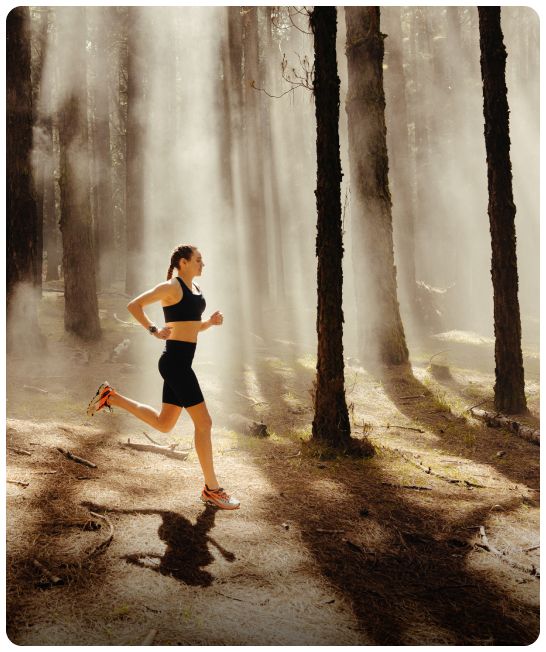
I’d like to say I’ve honed and refined my skills of back country navigation through months and months poring over maps of the Arctic and Antarctic. But in reality, navigation in the polar regions is relatively straightforward. You take a blank sheet of paper, put an ‘x’ at the bottom, another at the top, and there’s your map. In Antarctica, follow your compass bearing south to get to the South Pole. On the Arctic Ocean, you follow your compass bearing North. Simple, right? Well maybe not that simple. Traveling in a ‘straight line’ in a variety of conditions for nearly two months requires skill, patience and strict adherence to basic map and compass skills.
While GPS and two tracking technology might seem to be a failsafe way to find your route, using a compass and map is still an effective tool. In fact on most of my expeditions, we rely on a compass for navigating throughout the day, only using the GPS in the tent at night to get our coordinates, mark a way point, and confirm the next day’s bearing.
Still, navigating your way through any wilderness, frozen or otherwise, poses a series of challenges that can be overwhelming to even the most experienced back country traveler. So, here are a few simple tips that can help you stay on the trail…

Sometimes you only have one reference point
1. Reference Points
Use clues. At its most basic level, a compass simply serves as a reference point – something to keep yourself oriented (hence the term orienteering). Way before compasses, people were able to keep themselves heading in a specific direction by using the relative position of the stars, sun, wind direction and animal migration patterns. Even the old ‘moss on the north side of the tree’ can work at times. The key is to use additional reference points to back up the information you are receiving from your map and compass.

2. Using a Compass
In compass we trust. I can’t tell you how many times I’ve looked at my compass, looked at the map and looked back at my compass only to think that there is something wrong with my compass and the needle is not pointing in the right direction. A compass works because the earth is basically a huge magnet. The red ‘NORTH’ end of the needle on every compass points North because it is being attracted to the magnetic North Pole… ALL THE TIME! (unless you have another magnet in your pocket).
3. Compass Bearings
Put RED in the SHED and FOLLOW FRED. It’s a simple mnemonic that may seem kind of silly, but I repeat it to myself every time I ‘plug’ a bearing into my compass. Once you set your compass bearing, turn your body until the red end of the compass needle aligns with the orienting lines. Finally, scan forward along the path of the direction of travel line and pick out a reference point to travel toward.

4. Magnetic North
When north is not north. The top on a map or the top of the world is called ‘true north’. The location where your compass needle points to is a very different location on the earth called ‘magnetic north.’ The difference between these two places is called declination, and depending where you are traveling, your declination can be as much as 15-20 degrees (or more). Your map should clearly display the declination of your location to help you appropriately find your compass bearing.
5. Living Legend
The legend continues. Maps are flat representations of the earth’s surface and use shapes, lines and colors to describe what you would see in real life. Each map has a legend or ‘key’ that lets you know what is what.
6. Topographic Maps
Getting Topographic. While there are many types of maps, most backcountry travelers use topographic maps to navigate. One of the primary features of topographic maps are contour lines which show the relative elevation of the terrain. To help translate what you are seeing on the map versus real life, remember that contour lines connect points on a map that are at the same height or elevation. Therefore contour lines that are close together delineate steep terrain and contour lines that are widely spaced denote flatter terrain. Contour lines never cross and are separated at a specific interval.
7. Orienteering, Hiking & Trail Running
Using a compass to orient yourself to a specific bearing and referencing a map is the cornerstone of route finding in the wilderness. Like anything else learning how to use a compass and map is a skill that requires practice and patience, but it’s not rocket science either and by using these tips you can take your first steps to navigating your way confidently through your next adventure!
Think Snow!
Eric






There are no comments on this post
Be the first to leave a comment!